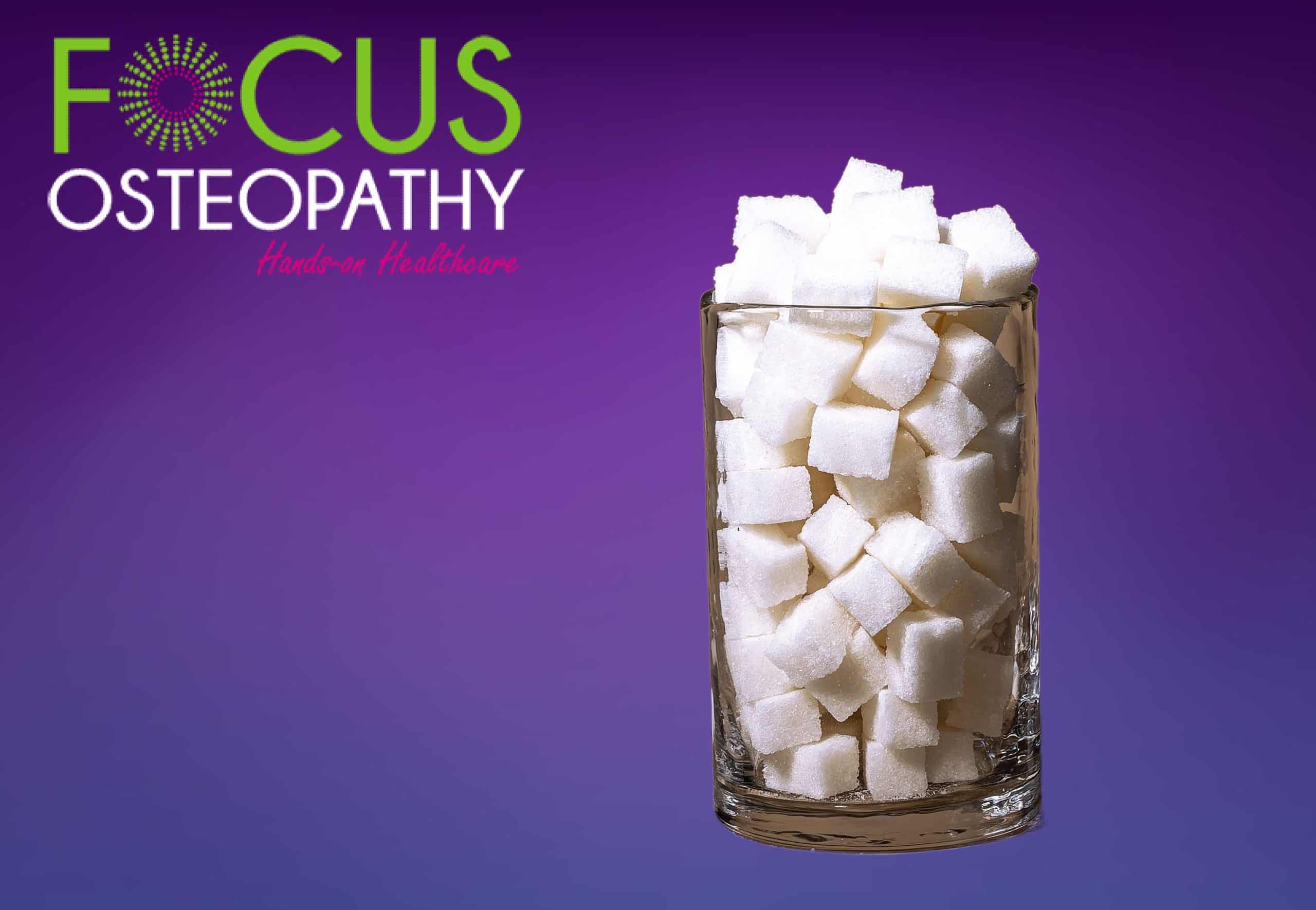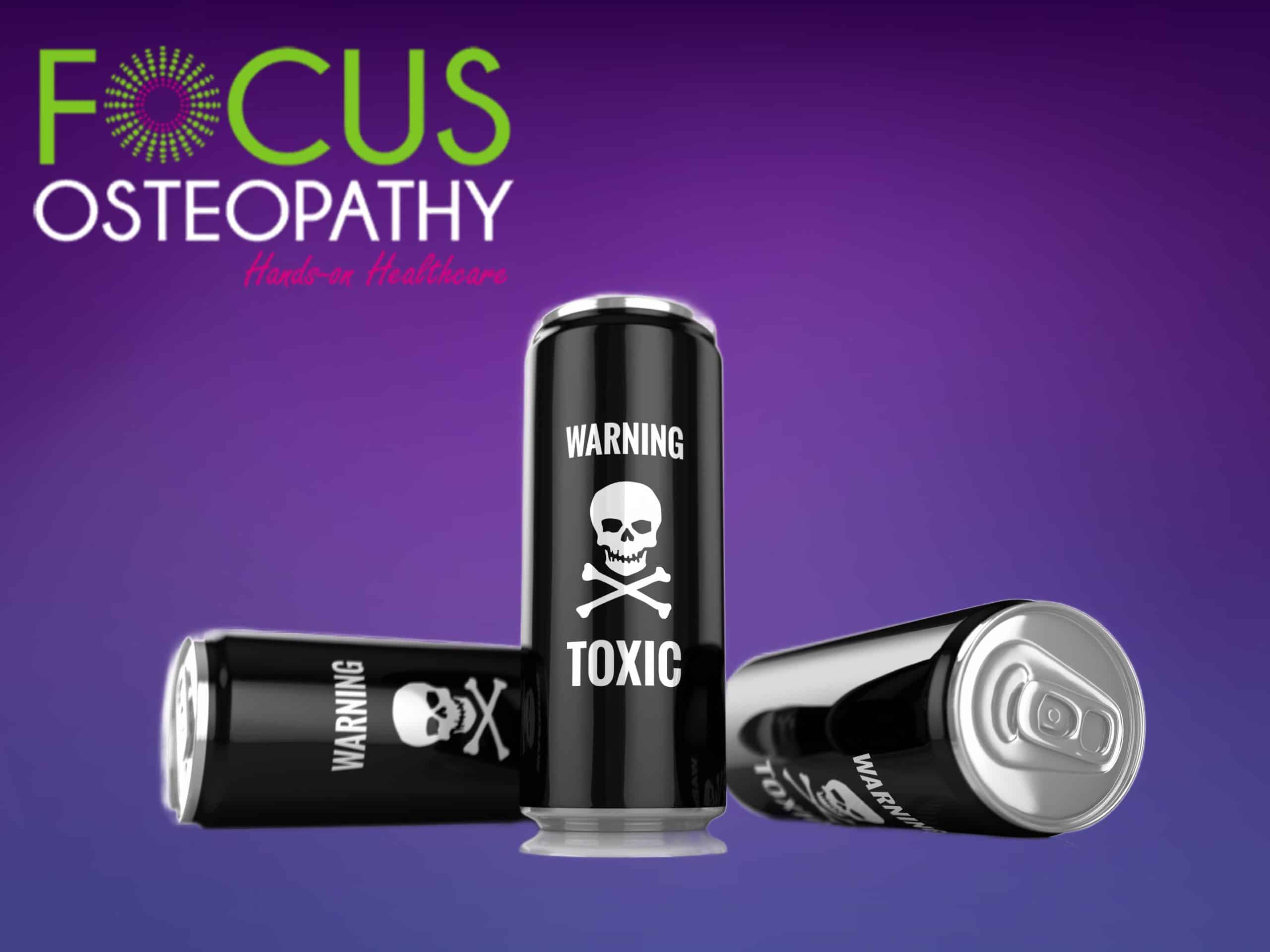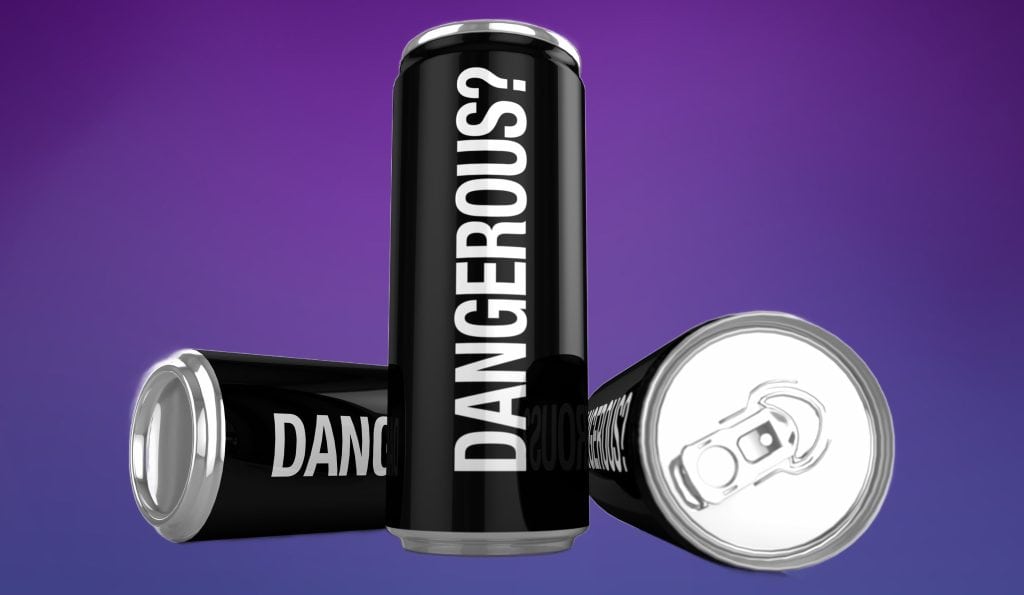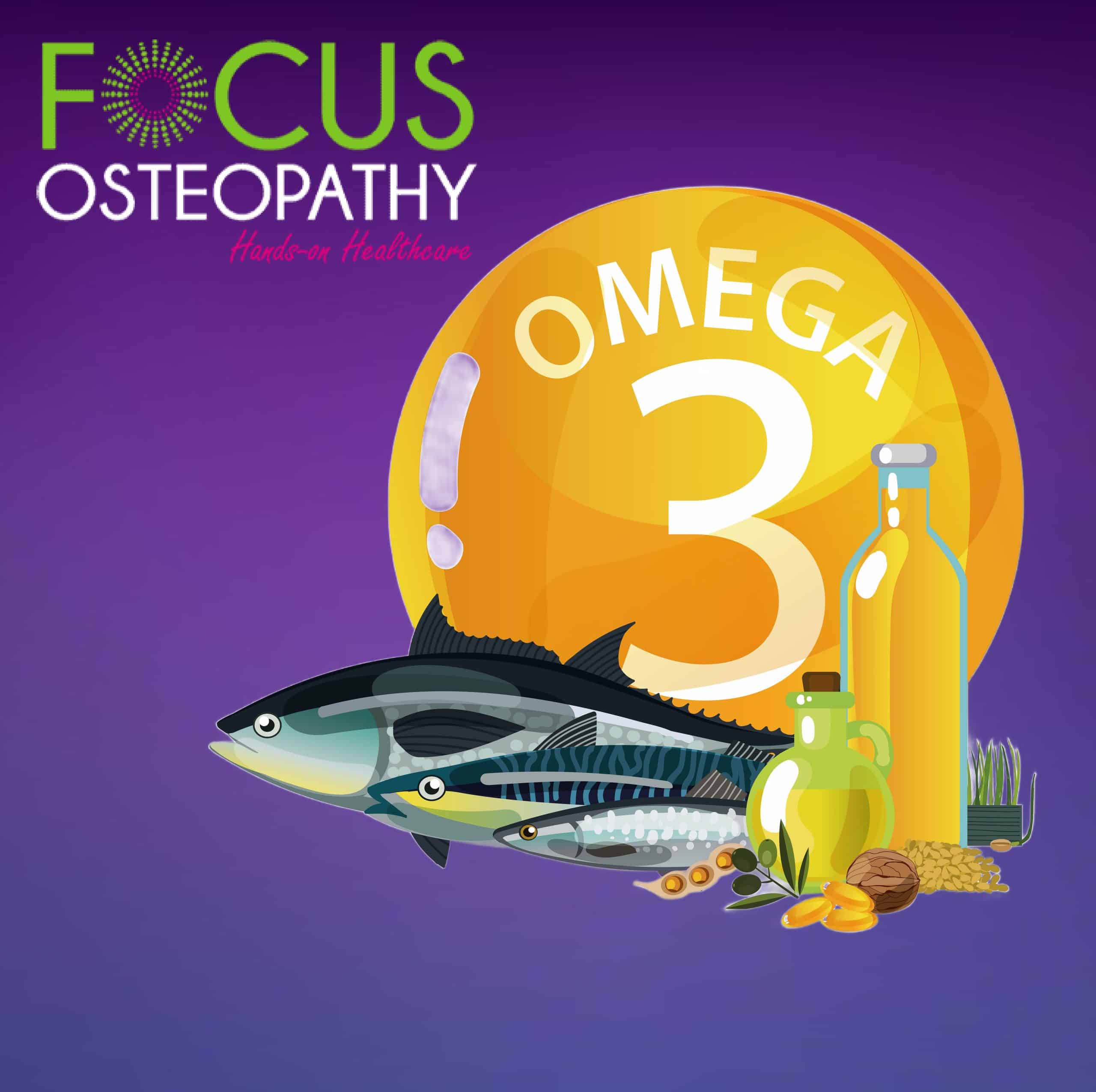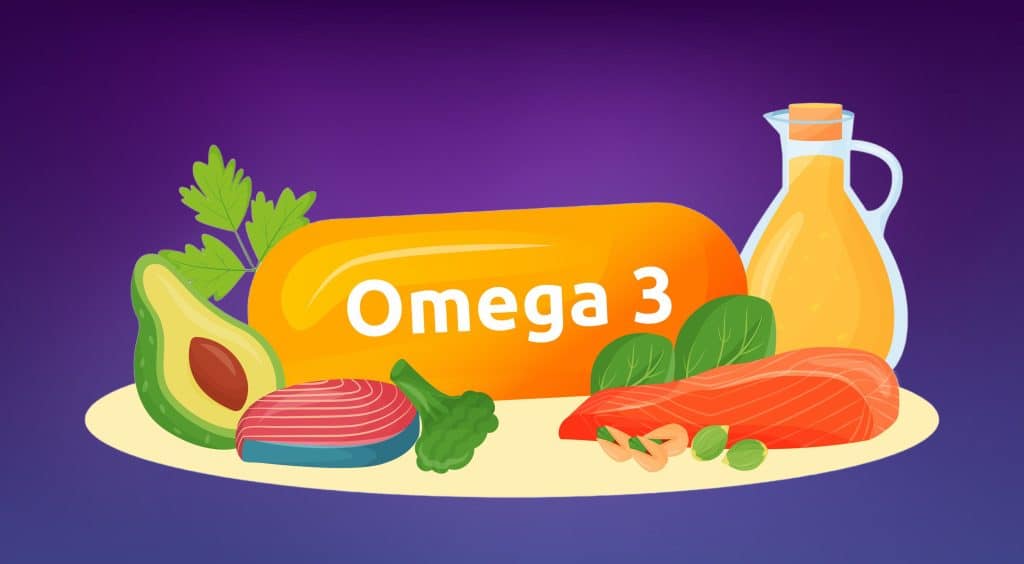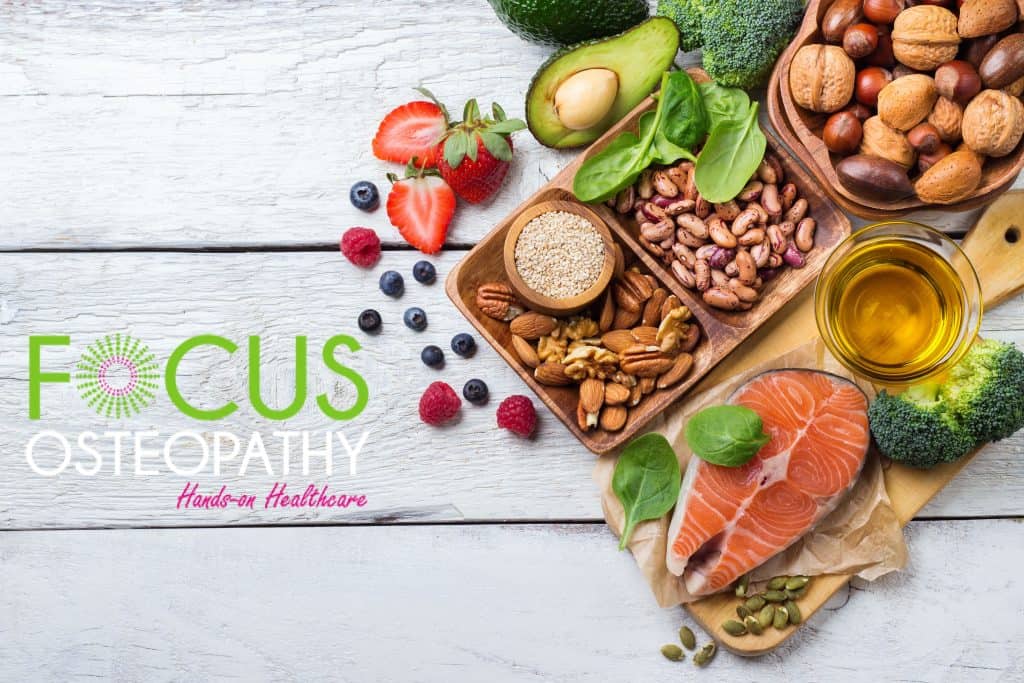If you live with diabetes, the dangers of high blood sugar will remain prominent. Put simply – regular stretches of high blood sugar levels can result in permanent damage to parts of the body. And we aren’t talking about your fingernails and nostril hairs, either.
After long periods of sugar consumption, your eyes, kidneys, nervous system, and blood vessels take a pounding. Not to mention the catastrophic effect it has on your heart, liver and brain.
However, it’s not just those with Type 1 or Type 2 Diabetes who can suffer from that sweet, granulated issue of Hyperglycaemia (the technical term for high blood glucose).
We are all at risk. It’s fair to say that sugar offers a bittersweet relationship with our health. While moreish (having been proven as more addictive than cocaine) and available in plentiful quantities, sugar can cause a wide range of health issues and behavioural torment.
More Blogs From Focus Osteopathy

Knee Pain: The Good, The Bad, and the OUCH!

4 Reasons Swimming Is Good For Back Pain

8 Ways Neck Pain Can Disrupt Your Daily Life—and How Osteopathy Can Help

Understanding Back Pain: The Unwanted Companion

Does Massage Therapy Help Sciatica? 4 Things You Must Know

Neck Pain Exercises to Help You Sleep
Our societal dependence on sugar is also capitalised by big companies seeking to exploit our weakness for confectionary and sweetness, but that doesn’t mean all sugars are bad for you.
At the risk of upsetting the applecart, natural sugars are perfectly safe as an inclusion of our modern diet; so long as it’s in moderation. Sugar occurs naturally in all foods that contain carbohydrates – including fruits and vegetables, dairy produce and grains.
Eating these foods is considered common sense by most nutritional experts. I mean, how could any sane dietary guide not worship the high amounts of fibre, essential minerals and antioxidants served up by plant-based foods?
There’s also protein and calcium in dairy products, and they are good for you (ignore what those pasty vegans bemoan). Natural sugar offers a steady supply of energy to your cells, and as your body slowly digests these foods, those gently-burning carbohydrates act akin to a battery pack.
A healthy dose of fruits, vegetables, and whole grains has also been shown to reduce the risk of chronic diseases – such as heart disease, diabetes and certain cancers. So, what’s the problem then?
In a (deliciously sweet) nutshell, we eat too much sugar that isn’t natural. From refined glucose to fructose syrup and all those lovely additives, we subject our bodies to sugars that we aren’t designed to process.
Our Problem With Sugar
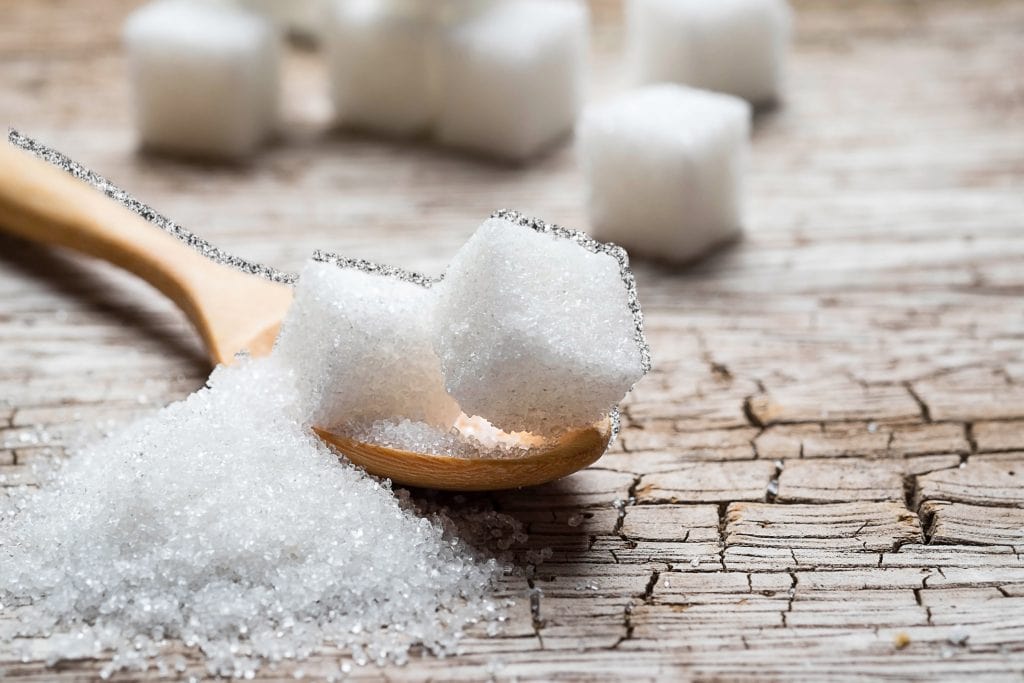
It’s no secret. Contemporary society consumes too much of the wrong sugar. There’s very little in the way of natural substance in the added glucose that food manufacturers inject into products for increased flavour and extended shelf life.
In the Australian diet, according to recent batches of research, top sources of refined sugar come from soft drinks, cereals, chocolate/confectionary bars, flavoured yoghurts and most processed foods.
Some of you may give an audible sigh of relief, having steered clear of these foodstuffs and subsequently patted yourself on the back. But hang on a minute – don’t celebrate your nutritional triumph quite yet. All those ‘bad sugars’ are also – sneakily – present in items that you may not realise are sweetened.
Supermarket items such as bread, cured meats, pasta sauces, condiments and even those ‘healthy ready meals’ are all laced with added sugar. The result? We all unknowingly ingest secret sugars.
According to the National Cancer Institute, adult men eat an average of 24 teaspoons of added sugar every 24 hours. That’s the equivalent of 384 calories, which would take most people 45-minutes of gym activity to burn. As each day builds up and the weeks melt into months and years, that’s a lot of required activity just to neutralise the effect.
All that sugary goodness has a direct impact on obesity and the national diabetes epidemic, too. And, here’s the thing – you likely already know that. What will come as a surprise to most of us is how the enforced taste for sugar effectively, and slowly, tears your body down from the inside – especially your heart.
Such A Sweetheart
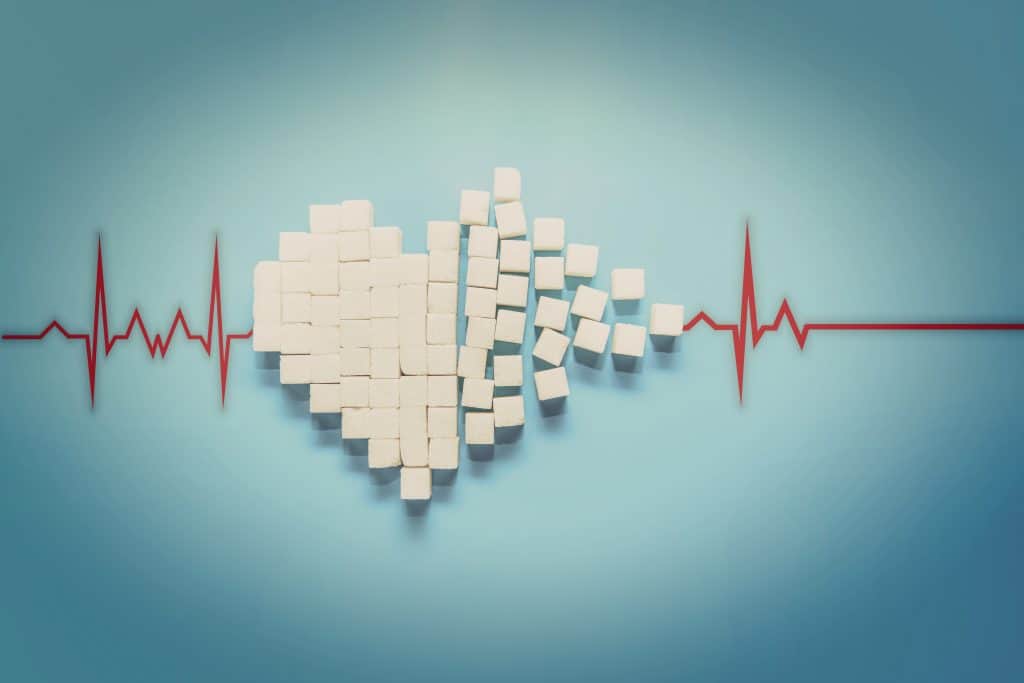
There have been countless studies undertaken to highlight the correlation between heart health and sugar intake, but one of the scariest undoubtedly remains a published report from 2014, nestled deep within JAMA Internal Medicine.
Over the case of a 15-year study, Dr. Hu and his colleagues determined that people who received 17-21% of their calories from added sugar had a 38% higher risk of cardiovascular disease, compared to those who instead received 8% of their calories from added sugar. The result of cardiovascular disease? You got it. Death.
It doesn’t take a mathematical genius to therefore deduce that the higher the intake of added sugar, the higher the risk of heart disease and fatality.
That being said, there’s still widespread debate as to exactly how sugar actually affects heart health. The whole process isn’t yet understood, but it appears that indirect connections to the ol’ ticker are at play.
Here’s an example. High amounts of sugar can overload the liver, which metabolizes glucose in the same way it deals with alcohol – converting dietary carbohydrates into fat.
As the sugar overload continues, and a greater accumulation of fat builds up, there’s a greater risk of fatty liver disease – a major player in the development of diabetes; which in turn pumps up the danger of heart disease.
Then there’s the impact that excess sugar on your blood pressure, alongside chronic inflammation. These two aspects are the cornerstones of the pathway to heart disease, but there’s one extra attribute you should be aware of. Brace yourself.
Soft Drinks: Sugar's Nasty Party Trick
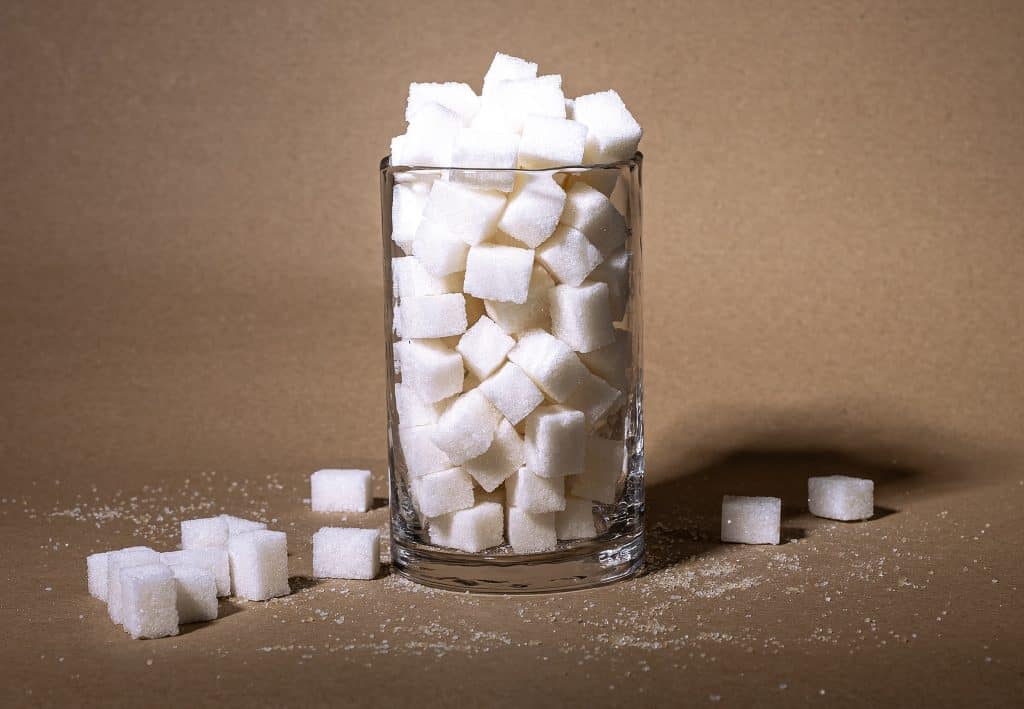
Excess sugar consumption can come from any number of dietary options, but the biggest culprit remains sugary beverages.
Feeling as though you’ve been unable to shift your weight gain lately? That’s because your brain is being tricked, and you won’t be able to lose those pounds anytime soon.
The likes of Coca-Cola confuse your body and, as a direct consequence, shutters all appetite control. Liquid calories are nowhere near as satisfying as solid food, leaving you to consume more and yet still feel hungry. Dozens upon dozens of extra calories enter your system, making it oh-so-easy to gain weight as you plunder the supplies.
Take heed. Heart disease can also lead towards a heart attack or a stroke. Think about that the next time you reach for an easy can of liquid sugar.
So, How Much Sugar Is OK?
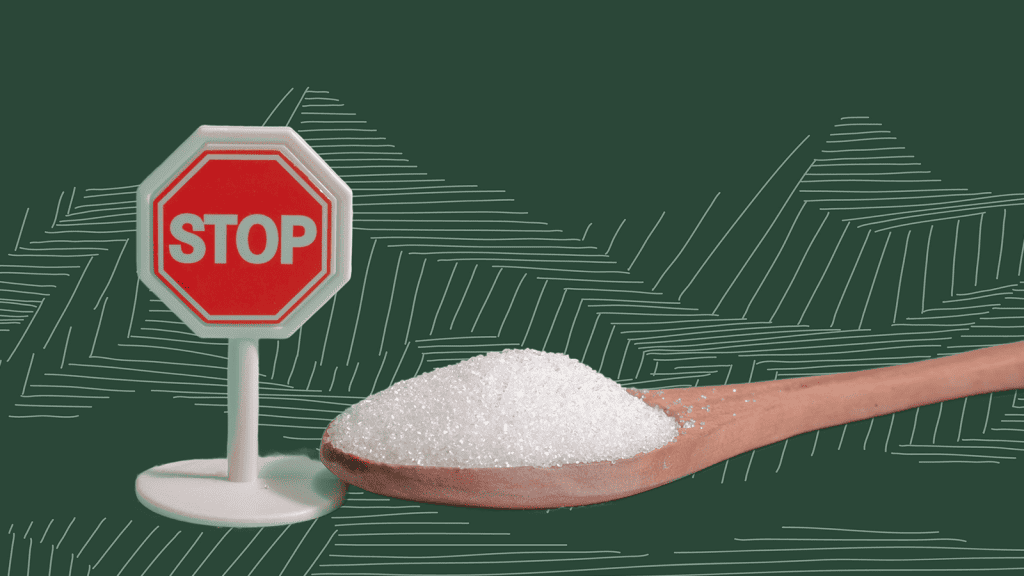
We said that 24 teaspoons of sugar is a tad excessive. What’s a safe amount to therefore eat? Aha! You won’t catch us out that easily – especially as there’s no definitive answer, bearing in mind that you require natural sugars for dietary nutrients.
There is also no formal amount of sugar from the Institute of Medicine and their strict RDAs (Recommended Dietary Allowances). If you do go digging, then you can get a feel for what the human body can filter.
The American Heart Association has suggested that women do not exceed 100 calories (roughly 6 teaspoons/24 grams) of added-glucose intake, and men should not exceed more than 150 calories (9 teaspoons/36 grams). To put that into perspective, that almost matches one can of Coca-Cola per day. That then begs the question; how can you keep track and ensure you don’t indulge with added sugars?
You’ll have to remain vigilant. We would recommend reading the labels on food packaging to look for these culprits:
· corn sweetener
· brown sugar
· corn syrup
· fruit juice concentrates
· high-fructose corn syrup
· honey
· invert sugar
· malt sugar
· molasses
· syrup sugar molecules ending in “ose” (dextrose, fructose, glucose, lactose, maltose, sucrose).
A Lifehack For Staying Control
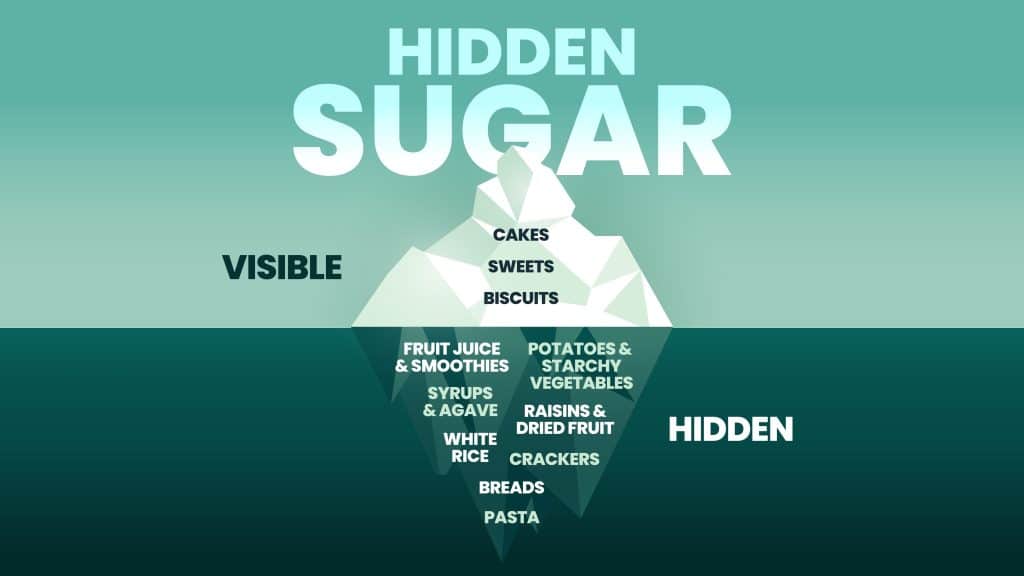
There is no need to suddenly cut these ingredients from your diet and go cold turkey, but it might be worth considering a reduction in the frequency of purchase. It would also be wise to note the total grams of sugar per serving, alongside the suggested number of servings (usually found in the small print beside the nutritional information on the back).
There’s a method and reasoning to that madness. For instance, packaging for a microwave-ready meal may state “Only 10g of sugar per serving!”, but should you delve behind that claim, you’ll find that the entire meal consists of two, three, or four servings.
It’s easy to get carried away and eat the whole thing, as usually there’s not much substance to them, and – BOOM – you’ve successfully devoured up to 40g of added sugar. Just like that.
And what of tea and coffee? I’m glad you asked. A study produced in May 2017 showcased that two-thirds of coffee drinkers, and one-third of tea drinkers, put sugar or sweetener in their hot beverages. That accounted for more than 60% of the sugar-based calories that those individuals received.
Personally, I find that quite scary, as I enjoy quite a number of tea/coffee breaks each day. Each cup has two sugars, meaning that I’m likely to be dead next week. Probably best that I burn all the bags of delicious, delicious sugar in my cupboards. Yet – being overzealous in attempts to cut down on added sugar can also be unwise.
By this stage, you are already addicted to the white stuff, and you’ll turn to other foods to satisfy your cravings. Popular rebounds include white bread, rice, and comfort foods high in saturated fat and salt (sodium).
It would be a lie to state that we don’t all crave a bag of chips when steering away from sweet treats. Ready Salted are the best, and I’ll die on that hill. All these comfort foods can also cause havoc with your heart. Is there any win to be had here?
The answer is yes, and we’ll be exploring that next time.
